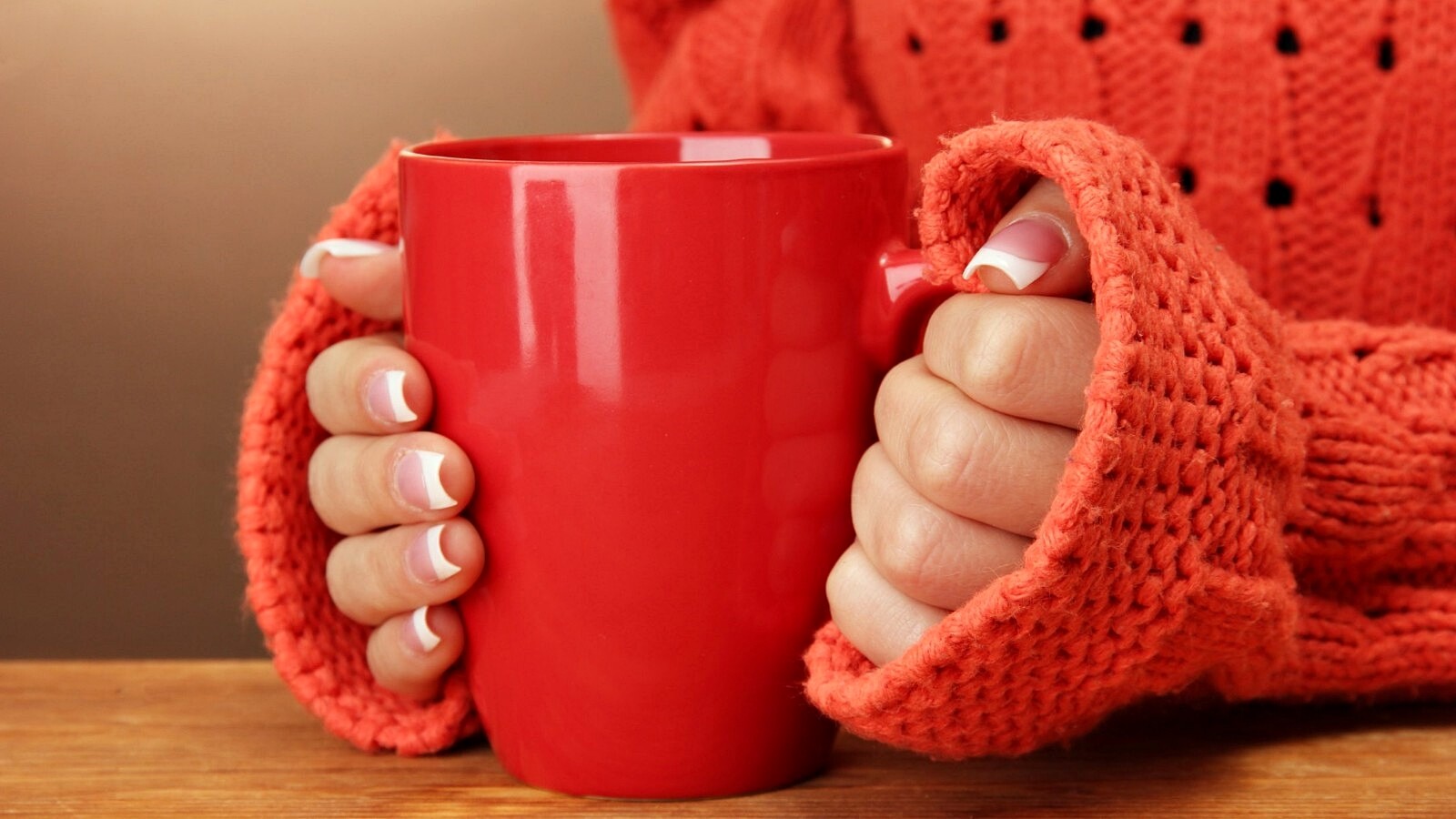Raynaud’s syndrome causes attack-like circulatory disorders – and thus cold and pale fingers. We explain what you should know about it.
What is Raynaud’s Syndrome?
Cold fingers due to stimuli like a cool bottle we all know – but those who suffer from Raynaud’s syndrome (also “Raynaud’s disease”) must expect much stronger reactions. Because the disease causes the finger arteries to contract jerkily, resulting in a severe circulatory disorder: The fingers (and sometimes also the toes) become virtually bloodless and painful, the skin turns pale or blue.
This is often referred to as a vascular spasm, which can last up to 30 minutes. If the arteries then expand again, the blood flows back into the fingers – in many cases these become red and the pain persists. But it is not only cold that can trigger Raynaud’s syndrome, but also strong emotions or stress. The disease was named after the French physician Maurice Raynaud (1834 – 1881), who first described it in his medical dissertation.
Primary and Secondary Form
According to the doctor there are two different forms of Raynaud’s syndrome:
- Primary: Women between 20 and 40 are particularly affected by the primary form of the disease, which can often also result in low blood pressure. The exact cause of the syndrome is not yet known, but the symptoms often subside in the course of life.
- Secondary: In the secondary form, the syndrome occurs as a consequence of another disease and can also affect older people. Triggers can be rheumatism or multiple sclerosis, for example.
Sick Vessels: Other Causes of Secondary Raynaud’s Syndrome
Not only diseases can trigger secondary Raynaud’s syndrome. The following triggers are also known:
- Vibration syndrome: This disease can occur if one works for many years with strongly vibrating devices – for example a pneumatic hammer
- Drug consumption
- Medication (e.g. high blood pressure or migraine medication)
Help for Patients: The Right Therapy for Raynaud’s Syndrome
The best way to prevent the symptoms completely is to avoid cold – and wrap your hands warm as a therapy. Especially when it is cold outside, gloves and handbag warmers protect against the symptoms of Raynaud’s syndrome. Patients should also stop smoking for successful treatment. Exercise also helps to stimulate the blood circulation. If the symptoms are stress-related, meditation and autogenic training provide relaxation.

